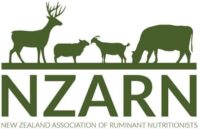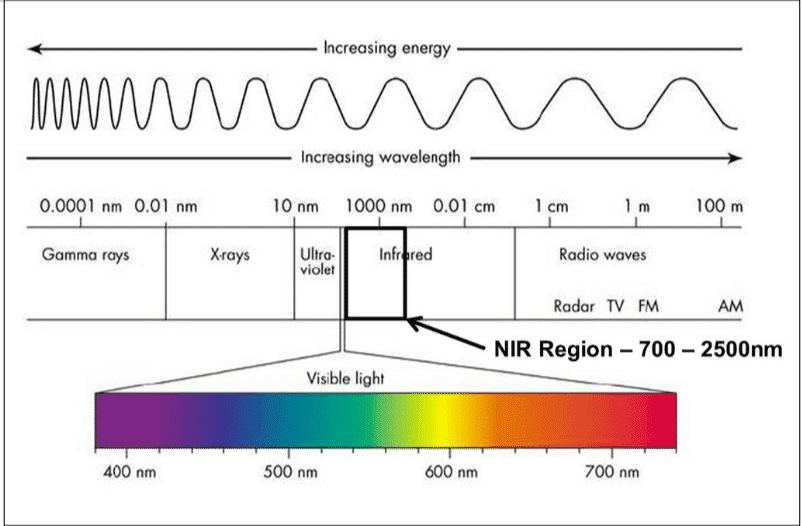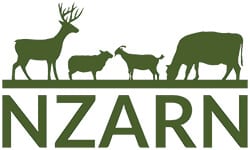Fiona Calvert – Hill Laboratories
Near Infra Red Spectroscopy (NIRS) is an indirect testing method which makes use of part of the electromagnetic spectrum to identify, as a result of selective absorbance, the presence of specific molecules in a sample. This can then be interpreted using high level chemometrics to determine the chemical composition of a sample.
Calibration models are built by collecting a database of spectra and relating these to reference chemistry values for the samples. These models can then be used to “predict” results for samples of the same type.
The use of NIRS presents some advantages over wet chemistry as it is faster and cheaper, allows for increased precision due to a greater number of repeats and also presents environmental benefits as no chemicals are required for testing.
However, the development and maintenance of a good NIRS calibration requires regular use of wet chemistry to validate results and update calibrations if required. NIRS is also sensitive to variation in temperature and humidity as well as variation in sample temperature and moisture content, so consistent treatment of a sample is important if accurate results are to be obtained. These are some of the reasons to use a laboratory based NIRS rather than an in-field assessment. In labs NIRS is generally well supported by comprehensive quality control to ensure that “outliers” are identified and analysed by wet chemistry and where appropriate calibrations are updated. Membership of ILCP programmes also helps to ensure results are both accurate and precise.
NIRS is not a good method for the analysis of minerals.
NZARN members a full copy of the presentation is available below if you are logged in.
Non-members looking for more information are encouraged to use our ‘contact a nutritionist’ form and ‘member directory’ to find a member who can help them answer their questions.
If you are a Rural Professional interested in joining the NZARN please see our ‘membership’ section.


